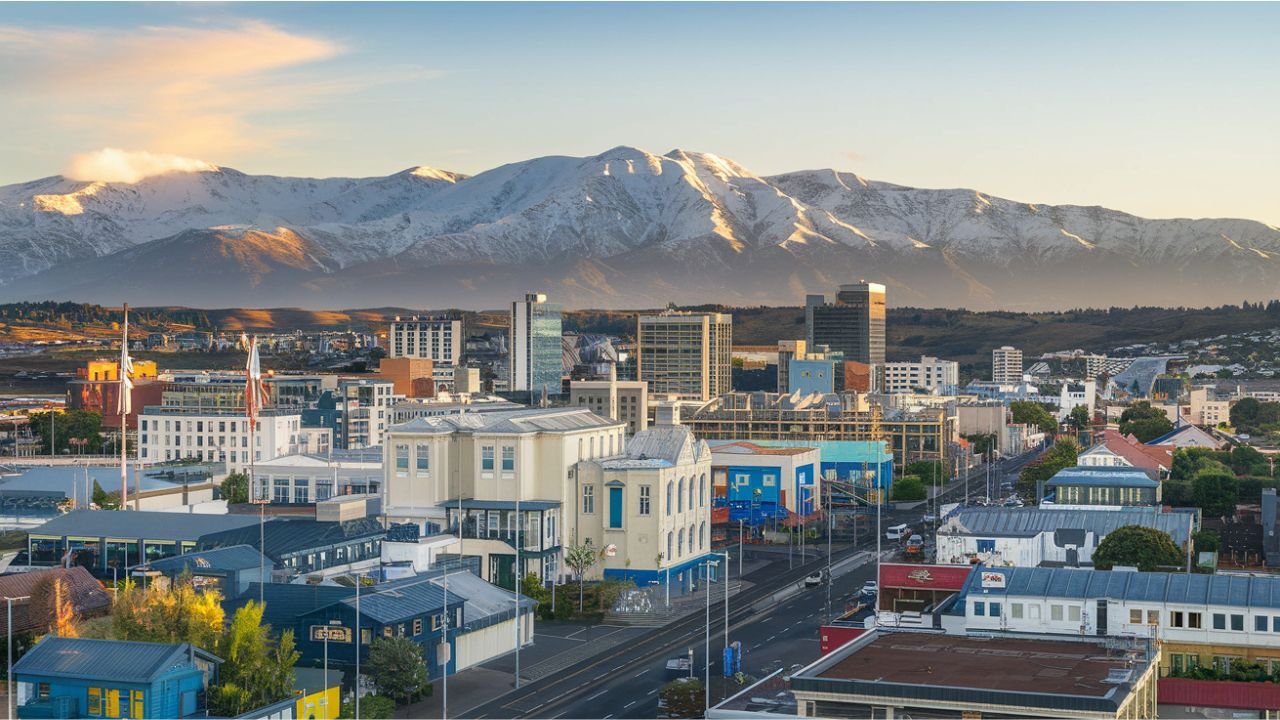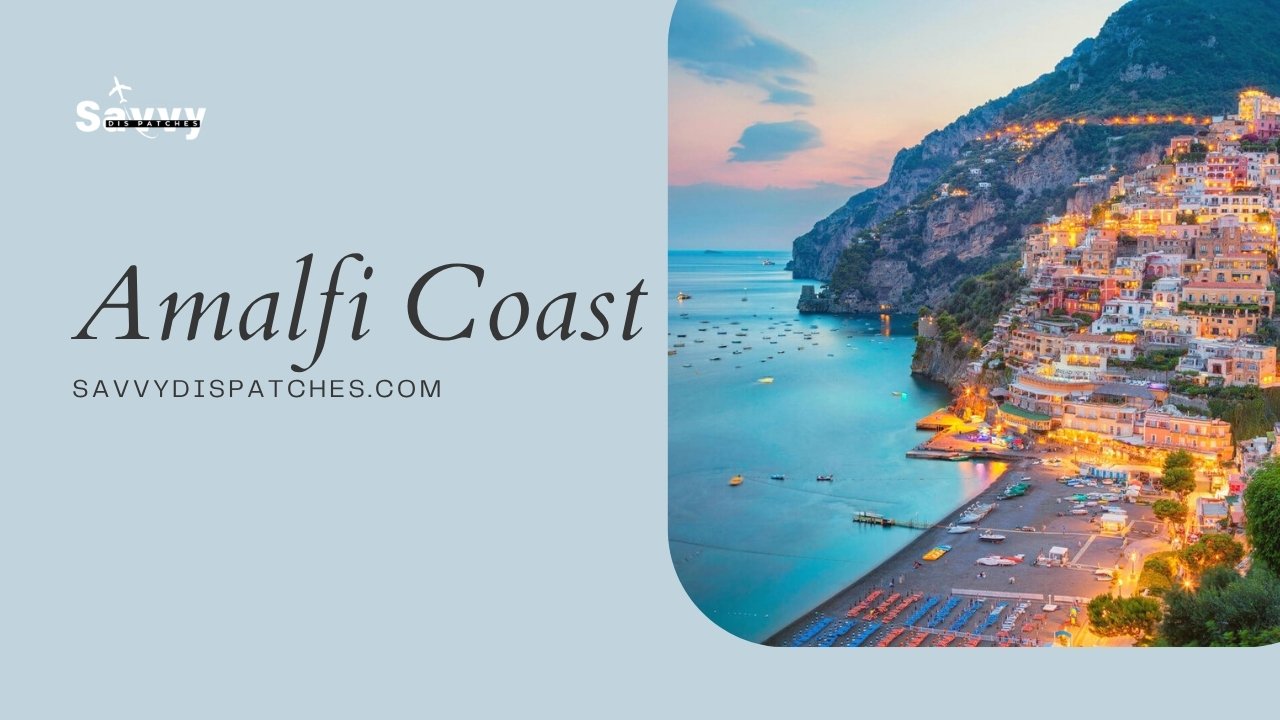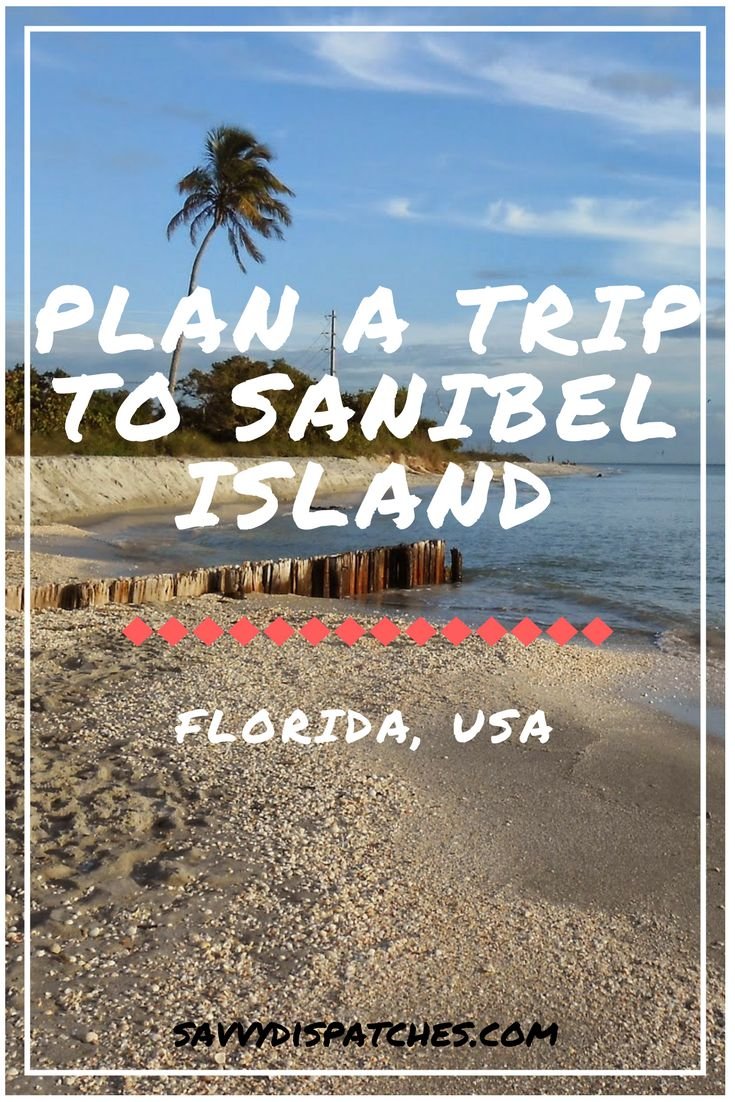Travel
City Guide Invercargill Southland NZ: Discover New Zealand’s Southern Gem

Nestled at the southern tip of New Zealand’s Invercargill Southland is a charming city that seamlessly blends heritage, nature, and modern amenities. As the capital of Southland, it boasts wide streets, historical buildings, and lush green parks, making it a must-visit for travellers seeking a blend of urban comfort and natural beauty.
From exploring its Victorian and Edwardian architecture to wandering through its expansive gardens and coastal landscapes, this city offers a unique Kiwi experience. Whether you’re a history buff, nature lover, or food enthusiast, this guide will help you make the most of your visit to Invercargill, Southland NZ.
A Brief History of Invercargill
Founded in the 1850s, Invercargill’s roots trace back to Scottish settlers, which is evident in its name, architecture, and cultural influences. The city’s layout, characterized by spacious streets and public squares, reflects 19th-century town planning ideals.
Over the years, many historical buildings have been preserved, allowing visitors to step back in time while enjoying modern conveniences. The city’s heritage is further celebrated through museums, art galleries, and cultural institutions.
Where is Invercargill?
Situated on the Southland Plains, Invercargill enjoys a strategic location between fertile farmland and coastal beauty. It sits along the New River Estuary, with Oreti Beach just a short drive away.
This unique positioning offers visitors easy access to both urban attractions and outdoor adventures, making it an ideal base for exploring Southland and beyond.
Climate and Weather
Invercargill experiences a temperate oceanic climate, meaning mild summers and cool winters. The average summer high is 18.7°C (January), while winter temperatures hover around 9.5°C (July).
Rain is common throughout the year, contributing to the city’s lush greenery. Additionally, brisk winds are frequent, so visitors should pack accordingly.
Top Attractions in Invercargill
1. Queens Park
A jewel in the heart of the city, Queens Park is a massive 80-hectare green space featuring:
- Botanical gardens
- Native bush walks
- Aviaries and animal enclosures
- A golf course and playgrounds
Whether you’re taking a leisurely stroll, enjoying a picnic, or admiring native birds, Queens Park is a must-visit destination.
2. Southland Museum & Art Gallery
One of Invercargill’s most iconic attractions, the Southland Museum is home to:
- Historical artifacts showcasing Southland’s past
- Art exhibitions featuring local and national artists
- Live tuatara enclosures, where visitors can see one of the world’s oldest reptile species
3. Classic Motorcycle Mecca
For motorbike enthusiasts, Classic Motorcycle Mecca is a world-class collection of vintage motorcycles and memorabilia. From early 1900s models to modern classics, this museum is a tribute to motorcycle history and innovation.
4. Bill Richardson Transport World
A paradise for automobile lovers, Bill Richardson Transport World houses the largest private collection of trucks and transport memorabilia in the Southern Hemisphere.
This interactive museum also features:
- Classic cars and trucks
- Retro petrol pumps and signs
- A themed café and gift shop
5. Oreti Beach
Just a 10-minute drive from the city center, Oreti Beach is famous for:
- Expansive golden sands
- Stunning sunsets
- Recreational activities like swimming, fishing, and beach driving
This beach is also linked to motorcycle legend Burt Munro, who used its firm sands for speed trials in the 1960s.
6. Thompsons Bush
A hidden gem for nature lovers, Thompsons Bush is a protected forest reserve filled with native kahikatea trees. The walking trails provide a peaceful retreat, perfect for spotting native birds and enjoying a quiet escape.
7. The Civic Theatre
One of New Zealand’s most beautiful theatres, The Civic Theatre is an architectural masterpiece. Hosting concerts, plays, and performances, it serves as the cultural hub of Invercargill.
8. Invercargill Water Tower
A heritage-listed landmark, the Invercargill Water Tower offers spectacular city views from the top. Its Victorian design makes it one of the most photographed buildings in Southland.
Culinary Scene: Where to Eat in Invercargill
Invercargill is known for its hearty Southland cuisine, featuring:
- Fresh seafood, including Bluff oysters
- Grass-fed Southland lamb and beef
- Farm-fresh dairy products
Some top places to eat include:
- The Batch Café – Famous for delicious coffee and brunch options
- Louie’s Restaurant & Tapas Bar – Offers a modern twist on New Zealand cuisine
- The Grille Café – Located inside Transport World, serving Kiwi classics
Getting Around Invercargill
1. By Car
Driving is the best way to explore Invercargill and the surrounding Southland region. Parking is widely available and free in many areas.
2. Public Transport
- Buses operate within the city, connecting key attractions and suburbs.
- Taxis and ride-sharing services are available for convenience.
3. Invercargill Airport
For visitors flying in, Invercargill Airport offers regular domestic flights to major New Zealand cities like Auckland, Wellington, and Christchurch.
Education and Institutions
Invercargill is home to The Southern Institute of Technology (SIT), renowned for its Zero Fees Scheme for domestic students. The city also hosts various primary and secondary schools, making it a great place for families.
Annual Events and Festivals
Throughout the year, Invercargill hosts exciting events, including:
- Burt Munro Challenge – A tribute to the world’s fastest Indian motorcyclist
- Southland Festival of the Arts – Celebrating music, theatre, and culture
- ILT Kidzone Festival – A fun family-friendly event with games and entertainment
Where to Stay in Invercargill
From luxury hotels to cosy motels and bed & breakfasts, Invercargill offers various accommodation options:
- The Langlands Hotel – A stylish new addition to Invercargill’s skyline
- Ascot Park Hotel – A popular choice for business and leisure travellers
- Quest Invercargill – Ideal for long-term stays and serviced apartments
Invercargill is a city full of surprises. Whether you’re drawn by its heritage architecture, stunning natural landscapes, or vibrant local culture, this southern gem offers something for everyone.
For those exploring New Zealand’s Southland, Invercargill serves as the perfect base for further adventures, including Stewart Island, The Catlins, and Fiordland National Park.
Destinations
Madeira Travel Guide: Top Attractions, Hidden Gems & Local Tips
Destinations
Amalfi Coast Travel Guide: A Journey for Every Type of Traveler
Travel
How to Choose the Best Fat Tire Electric Bike for Different Terrains

How to Choose the Best Fat Tire Electric Bike for Different Terrains
Choosing the best fat tire electric bike for your terrain isn’t just about looks—it’s about performance and comfort. The right e-bike depends on where you ride: smooth pavement, rocky trails, sandy beaches, or snowy roads. Each surface demands specific tires, suspension, and motor power.
This guide will walk you through how to pick the perfect fat tire e-bike for every type of terrain.
What Makes Fat Tire Electric Bikes Unique?
Fat tire electric bikes stand out because of their oversized tires—usually 4” to 5” wide—that offer better traction and stability. Whether it’s a moped-style electric bike for city cruising or a rugged off-road model, these bikes handle diverse terrains with ease.
Key Advantages:
- Excellent grip on loose or slippery surfaces
- Smoother ride on uneven terrain
- Better balance for new riders
- Support for heavier loads or cargo setups
Most fat tire e-bikes feature 500W to 1000W motors and ≥80 Nm torque, making them ideal for both hills and flat roads.
1. Best Fat Tire Electric Bike for City Streets
If you’re riding mostly on asphalt, paved trails, or urban bike lanes, comfort and efficiency matter most.
What to Look For:
- Tire Type: Semi-slick or hybrid tread (4.0”) for low rolling resistance.
- Motor Power: 500–750W hub motor for smooth acceleration.
- Battery Range: At least 48V 15Ah (40–50 miles per charge).
- Suspension: Front fork only—light and efficient for city use.
- Frame Style: Step-thru or moped-style electric bike for easy mounting.
Example setup:
A 750W fat tire commuter e-bike with 20″x4″ semi-slick tires offers great traction without draining power on smooth roads.
Pro Tip: Inflate your tires to 20–25 PSI for better efficiency and speed on pavement.
2. Best Fat Tire Electric Bike for Mountain Trails
Mountain terrain demands more power, stronger frames, and better suspension.
What to Look For:
- Motor: 750W–1000W mid-drive motor with ≥80 Nm torque for hill climbing.
- Suspension: Full suspension (front + rear) to absorb shocks.
- Tires: Deep tread 4.8” tires for traction on gravel and mud.
- Brakes: Hydraulic disc brakes (180mm rotors) for steep descents.
- Battery: 48V 20Ah or dual-battery setup for long trail rides.
- Ideal PSI: 12–18 PSI for rocky trails.
Pro Tip: A mid-drive motor keeps your center of gravity low and improves handling on tight, winding paths.
3. Best Fat Tire Electric Bike for Snowy Conditions
Snow requires traction and stability—this is where fat tire e-bikes truly shine.
What to Look For:
- Motor: 750–1000W rear hub motor (torque ≥85 Nm).
- Tires: 4.8” studded or knobby tires for maximum grip.
- Frame Material: Aluminum alloy to prevent rust.
- Battery: High-capacity 48V 17–20Ah (cold weather drains battery faster).
- Fenders: Full coverage to block slush and debris.
Pro Tip: Keep your battery warm indoors before riding—it maintains up to 15% more charge efficiency in winter.
4. Best Fat Tire Electric Bike for Beach or Sand Riding
Soft sand is tricky. You’ll need wide tires, a strong motor, and corrosion resistance.
What to Look For:
- Tires: Ultra-wide 4.5–5.0” tires with low PSI (8–12 PSI).
- Motor: 750W or 1000W rear hub motor for consistent power.
- Battery: 48V 15Ah minimum—sand adds resistance.
- Frame Coating: Anti-rust treatment or aluminum alloy frame.
- Drivetrain: Sealed components to protect from sand and salt.
Pro Tip: After beach rides, rinse your e-bike with fresh water and dry it thoroughly to avoid corrosion.
Comparison Table: Fat Tire E-Bike Terrain Guide
| Terrain Type | Ideal Tire Width | Motor Power | Suspension | Battery | Recommended PSI |
| City Streets | 4.0″ semi-slick | 500–750W | Front | 48V 15Ah | 20–25 PSI |
| Mountain Trails | 4.8″ knobby | 750–1000W | Full | 48V 20Ah+ | 12–18 PSI |
| Snow | 4.8″ studded | 750–1000W | Front | 48V 17Ah+ | 10–15 PSI |
| Beach/Sand | 4.5–5.0″ | 750–1000W | Front | 48V 15Ah+ | 8–12 PSI |
Extra Features Worth Considering
- Pedal Assist Levels: Choose models with at least 5 PAS modes for flexibility.
- Display: An LCD with real-time speed, range, and PAS data helps monitor performance.
- Lighting: Integrated LED lights improve safety for night rides.
- Accessories: Racks, baskets, or child seats can make your ride more functional.
Tips for Beginners vs. Advanced Riders
For Beginners:
- Start with a step-thru frame for easy handling.
- Use pedal assist mode to extend battery life.
- Keep tires at higher PSI for smoother roads.
For Advanced Riders:
- Go for dual batteries if you ride long distances.
- Experiment with lower PSI on dirt or snow for more grip.
- Upgrade to hydraulic brakes for precision control.
Conclusion
The best fat tire electric bike depends on where you ride most. City commuters should look for semi-slick tires and moderate power, while mountain and beach riders need wider tires, stronger motors, and solid suspension. By matching your bike’s setup to your terrain, you’ll enjoy smoother rides, longer range, and better control.

 Blog10 months ago
Blog10 months agoHow to Deal with Scabies While Traveling

 Travel10 months ago
Travel10 months agoRichmond, Virginia Street Art Guide

 Travel10 months ago
Travel10 months agoPerhentian Islands: How to Get There, What to Expect, & More

 Travel10 months ago
Travel10 months agoHow to Live in Your Car in New Zealand

 Travel10 months ago
Travel10 months agoSouvenir in Nepal: A Guide to Unique Handicrafts and Cultural Treasures

 Travel10 months ago
Travel10 months agoVegan Guide to Dining Out in Richmond, Virginia

 Food10 months ago
Food10 months agoVegetarian Food Nepal: A Journey into Flavorful Plant-Based Cuisine

 Travel7 months ago
Travel7 months agoA Local’s Guide to Sanibel Island, Florida

















